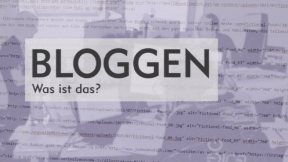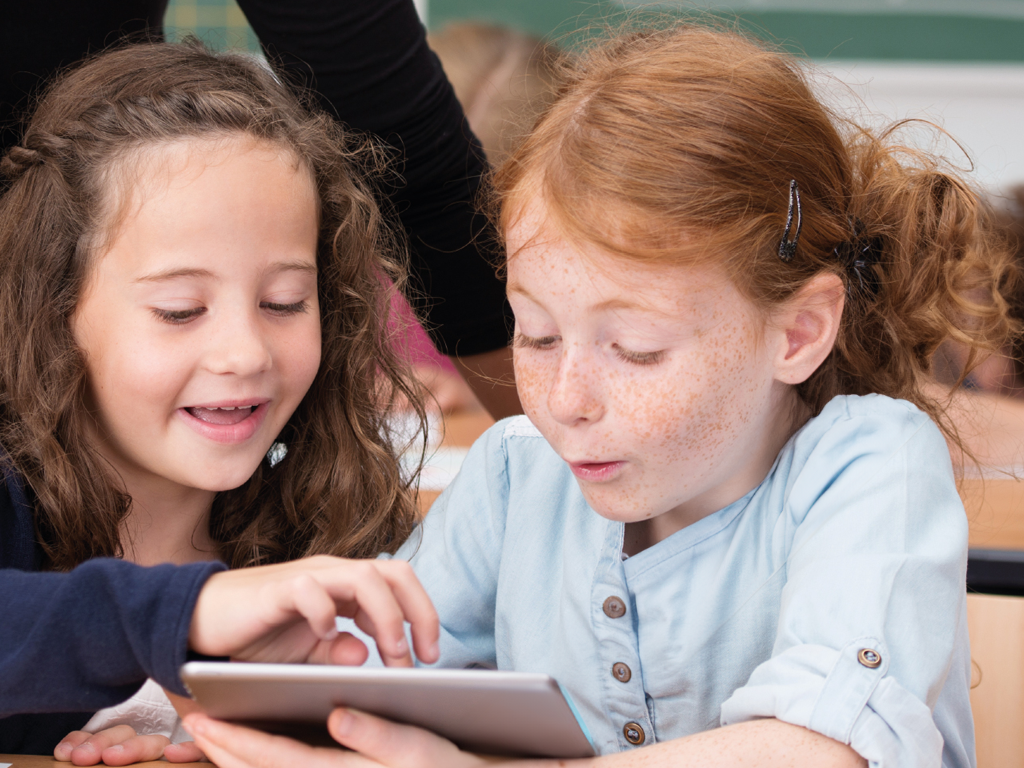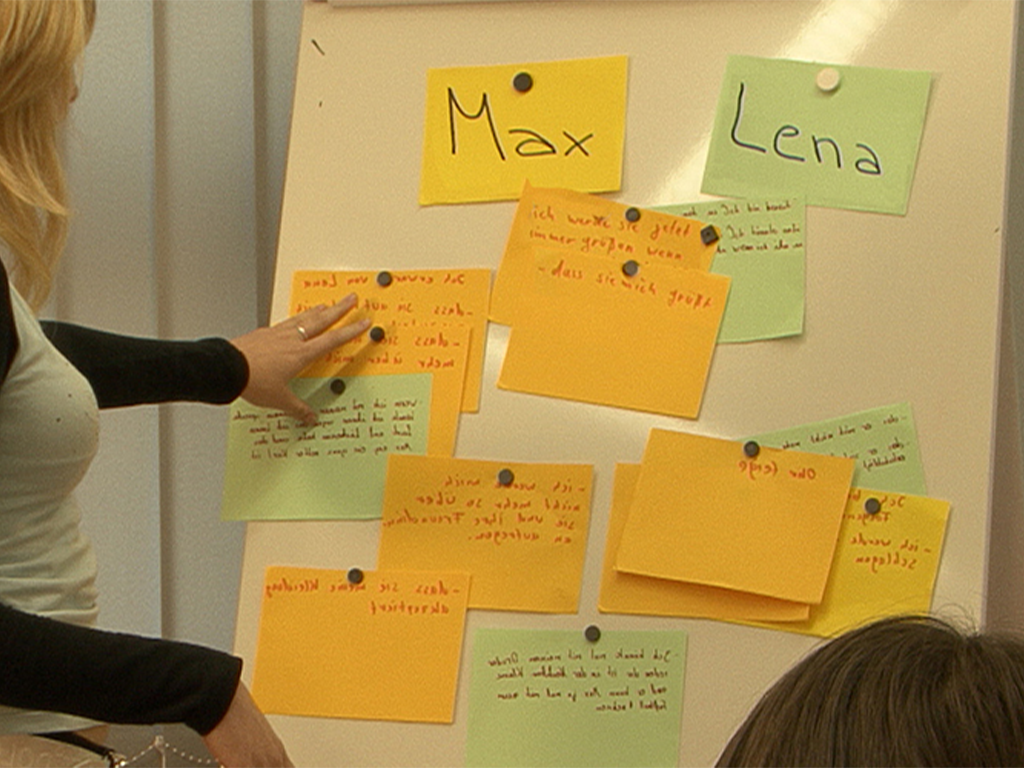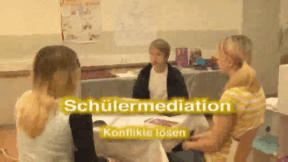 History
History
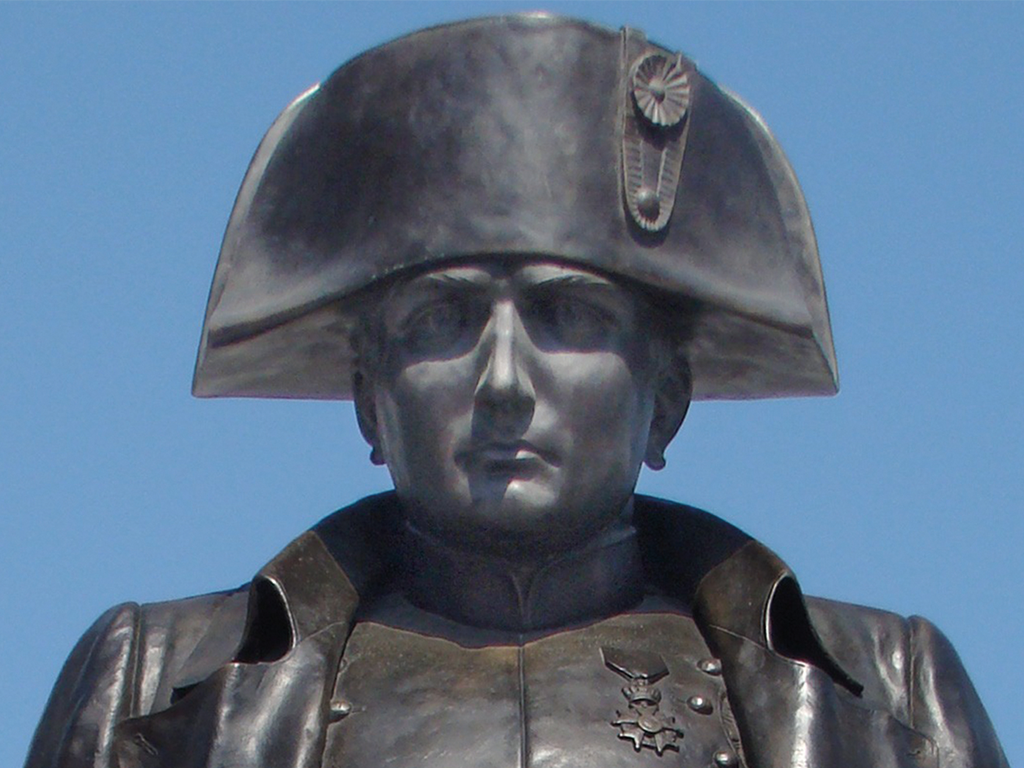
46500915 / 55500671
Napoleon Bonaparte
Rise and Fall
Napoleon Bonaparte shaped France and Europe like no other. He was innovator and mastermind, strategist and emperor. Between genius and megalomania he rose very high and fell very low in the end. He raised France to its greatest glory and almost plunged it into ruin. His achievements have been effective up to the present day. Europe is almost inconceivable without his reforms and he even left his mark in the legislations of many European states — in the German Basic Law as well. Napoleon Bonaparte was born in Corsica on August 15, 1769. He was the fourth of thirteen children of a family from the lower nobility. His father Carlo Bonaparte was a lawyer. Corsica is an island in the Mediterranean Sea, which had originally belonged to Genoa and been sold to France as late as in 1768. So, many Corsicans fought for independence from France at the time. Napoleon’s father, too, supported the resistance against France and fought for an independent Corsica. But those who resisted France lost all their possessions. Napoleon’s father decided to support the French because he had to provide for a large family and could not afford resistance anymore. Due to their defection to the side of the French, the Bonaparte family got back their possessions. Shaped by his Corsican environment, his pride and sense of honour and revenge corresponded to the ideal of masculinity of his time. Very early on, his greatest interest focused on the military. He loved everything related to it. At the age of nine, Napoleon received a scholarship for the military school at Brienne in France. As a Corsican, he was only a “second-class” Frenchman at the academy. This prodded his ambition all the more. He always wanted to win. This did not make for popularity, so he was considered an outsider. Nevertheless, his ambition and leadership qualities attracted attention there, too.
Play trailer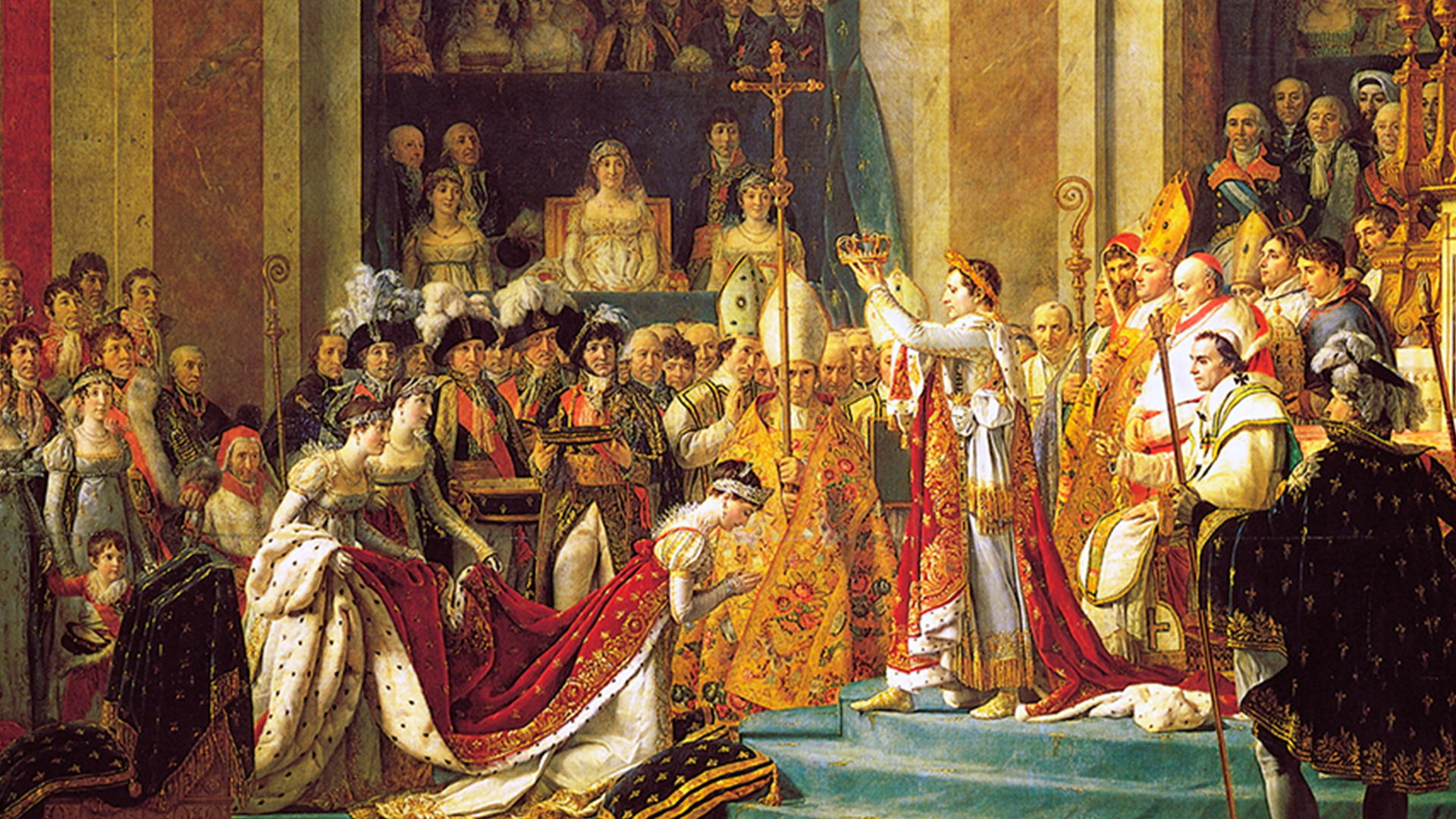
Curriculum-centred and oriented towards educational standards
Matching
Blogging
The weblog or blog, for short, as a medium is not much older than this century. Blogs came into being in the World Wide Web as ’messages from below’, as web pages from web creators who wanted to share their view of the world with the world. They are short notes, long texts, pictures, videos, which are posted loosely and at random intervals to the world for an undefined public.
Mobile Learning II
Oh, what’s that? Original soundtrack Thissen: “As our children grow up in a media world and naturally handle the media, they should also be a topic in school.“ An older child says the point is that they don’t just load down apps but create things themselves that haven’t existed so far. Hi, I’m Jana. A propeller hat. I’ll put it on. Now I’m no longer a simple rhino, but a flying rhino. Original soundtrack Thissen: “It’s exactly the great flexibility of tablets that promotes very personalised and adapted learning.” Original soundtrack Welzel: “It’s fascinating to see how the children grow with their products and how they always want to improve them.” The Westminster Abbey is a church in London for the royal family. Original soundtrack Welzel: “And?“ They think it is ok.
Peer Mediation
Lena and Max attend the 7th form. Max is new in class. During a break, Max notices that Lena and her friend are laughing at him again. Max loses his temper! He slaps Lena in the face. That hurts and Lena runs back into the classroom with a red cheek. The growing conflict between the two has escalated. Just like Lena and Max, every day pupils all over Germany have rows with each other. At the Heinrich Hertz Gymnasium in Thuringia, pupils have been trained as mediators for years. At set hours, they are in a room made available by the school specifically for mediation purposes. The film describes the growing conflict between Max and Lena and shows a mediation using their example. In doing so, the terms “conflict” and “peer mediation” are explained in a non-technical way. The aims of peer mediation and its progress in five steps as well as the mediators’ tasks are illustrated. The art of asking questions and “mirroring”, which the mediators must know, is described and explained. Together with the comprehensive accompanying material, the DVD is a suitable medium to introduce peer mediation at your school, too.





